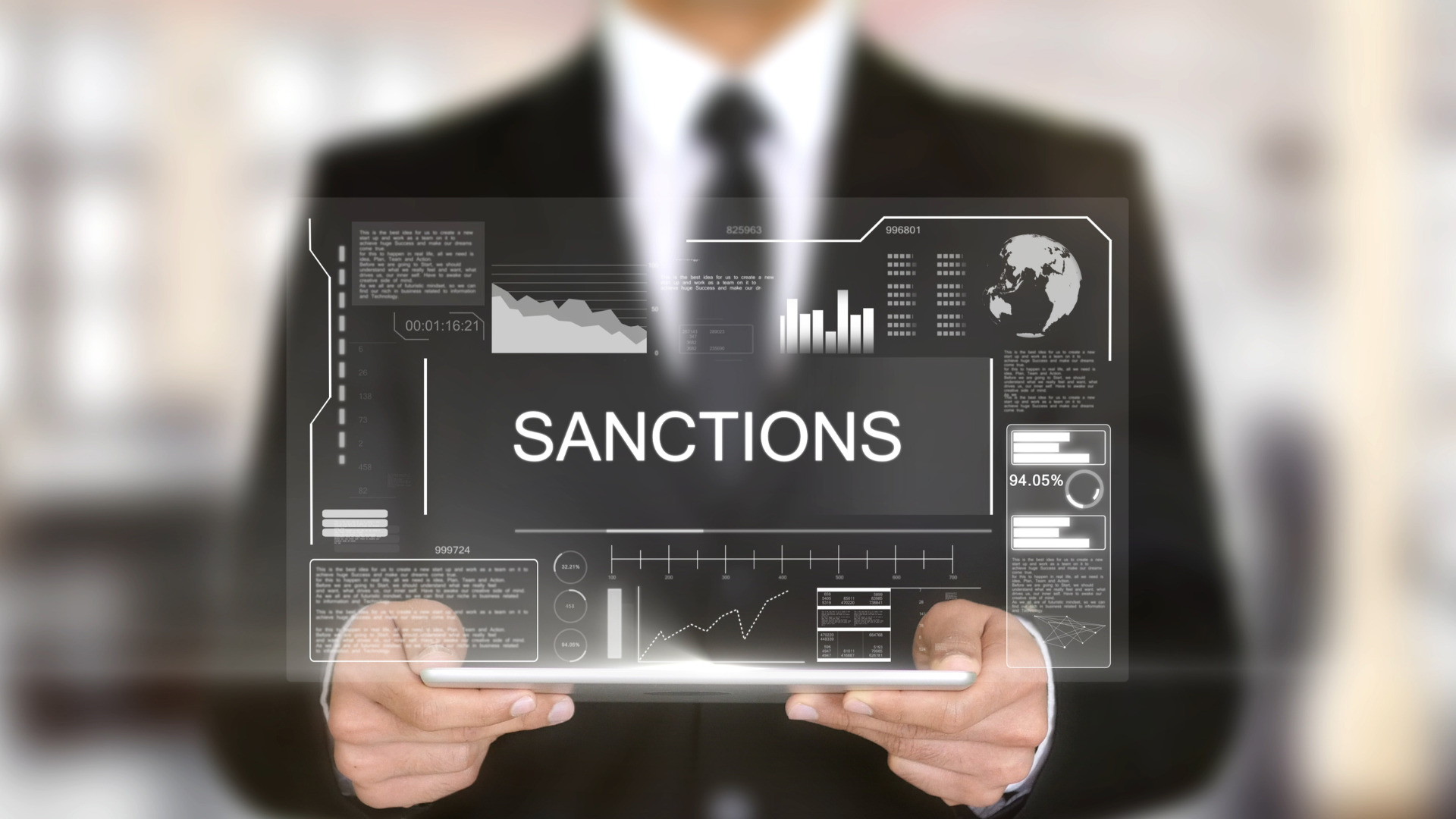Date first published: 08/02/23
Key sectors: all
Key risks: economic, business
Risk development
On 30 January Iran and Russia signed a memorandum of understanding (MoU) creating an inter-bank messaging system that would allow financial transactions between Iranian and Russian banks to bypass the Belgium-based international Society for Worldwide Interbank Financial Telecommunication (SWIFT) system. Tehran and Moscow have been banned from SWIFT since 2018 and 2022, respectively because of international sanctions due to the US withdrawal from the Iran nuclear deal and Russia’s invasion of Ukraine.
Why it matters
This alternative bank messaging system – called SEPAM – allows Tehran and Moscow to override the SWIFT system and thus evade Western sanctions. Under this new system, both countries can transfer funds, open letters of credit and warranties between one another and bypass sanction mechanisms that block most of their financial institutions from SWIFT. With SEPAM, financial transactions between member institutions could not be monitored and would not be subject to political interventions by outside actors.
The immediate consequence of SEPAM for Iran will be to provide a financial link with Russia and help boost bilateral trade. Eventually, the system could be expanded to include other countries under international sanctions or those at risk of facing sanctions. Upon signing the agreement, the deputy governor of Iran’s Central Bank Mohsen Karimi asserted that around 700 Russian banks and 106 other banks from 13 different countries would soon be linked to the system. However, he did not provide additional information as to the identity of the banks or the countries involved.
Background
SWIFT is the dominant financial messaging system in the world, processing around half of all high-value cross-border payments in over 200 countries. Although SWIFT is an international organisation, not affiliated with any government, the US government has been able to assert pressure to exclude banks for political reasons, which was the case with Iran and Russia. Iranian banks were first banned from the system in 2012 but were allowed to return after the Iran nuclear deal was agreed and were banned again in 2018 following the US’s withdrawal from the agreement. Similarly, many Russian banks were excluded in March 2022 following Moscow’s invasion of Ukraine.
Since 2018, sanctions have had a crippling effect on the Iranian economy. Inflation rose to more than 50 per cent in 2022, and more than half of the population now lives under the poverty line. In addition, the nationwide anti-government protest movement following the death of Mahsa Amini in ‘morality police’ custody has put Iranian authorities under increased pressure to improve economic conditions or risk further unrest from a disgruntled population. This alternative inter-bank system aims to mitigate the effect of Tehran’s economic isolation.
Risk outlook
With talks between Tehran and Washington on a revival of the nuclear deal at a standstill, Iranian authorities are expected to pursue every avenue to restore the economy. The SEPAM system will allow Iran and Russia to circumvent some of the punitive measures imposed by Western powers. For this reason, SEPAM is also likely to attract other countries susceptible to coming under Western sanctions in the future. In addition, increasing non-dollar trade deals will lead to a relative decline of the US’s power to impose unilateral global sanctions for geopolitical purposes in the medium-to-long term.



